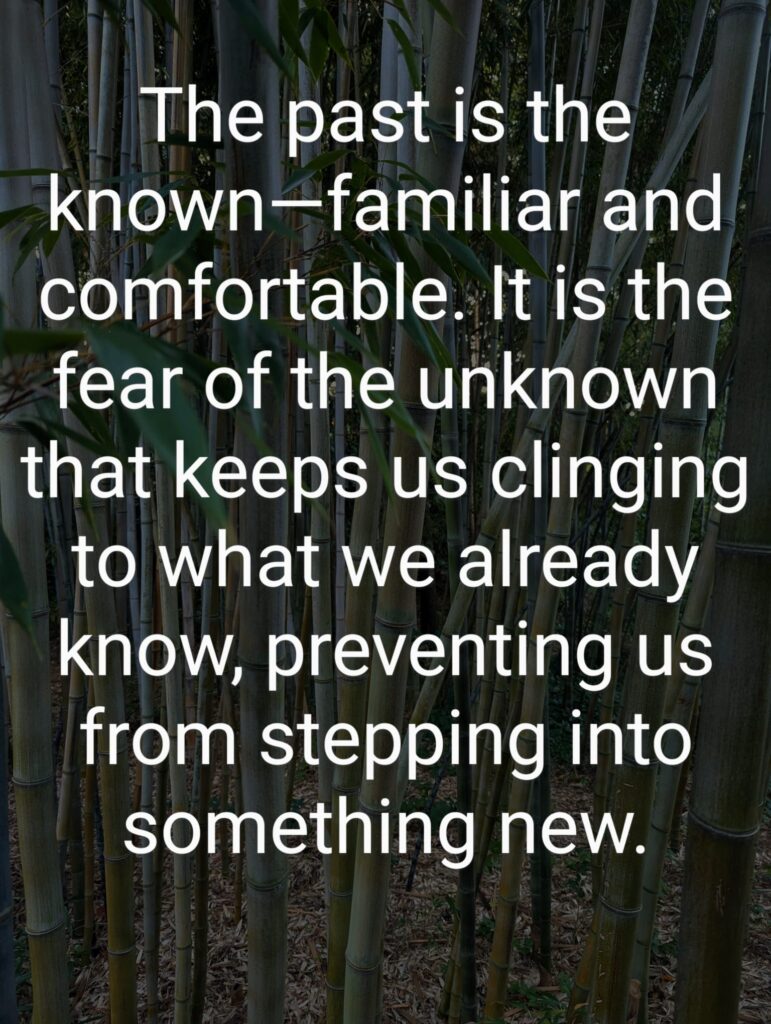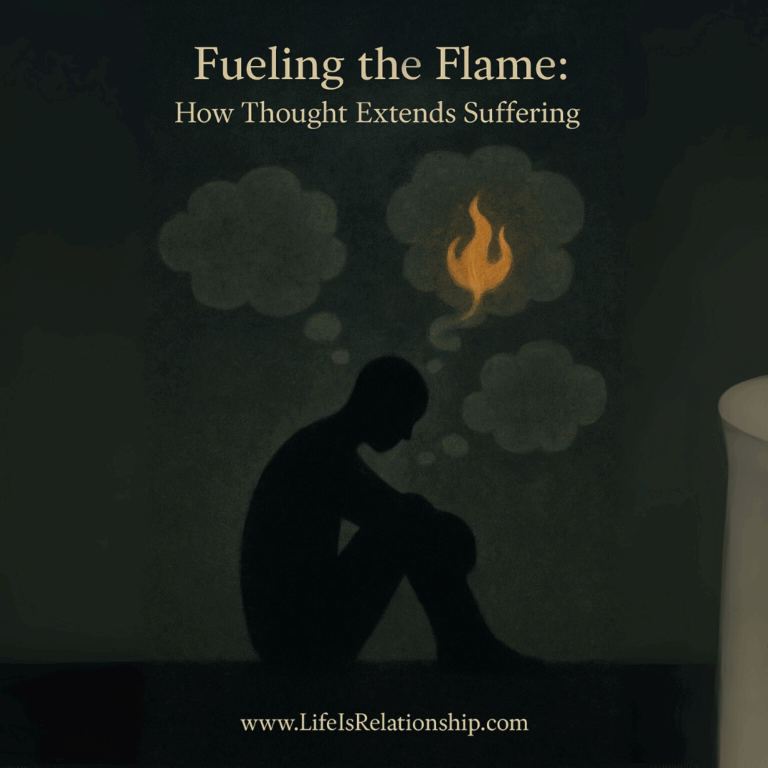Transcending the limitations of thought through awareness and attentiveness in the present moment.
We often hear the advice, “Let go of the past.” It sounds simple enough, but in reality, it’s not just a verbal agreement we make with ourselves. Saying, “I’m leaving the past behind,” is only the beginning.
Letting go of the past requires a deeper, conscious understanding of what we’re holding onto and how it impacts our lives.
The past consists of many elements that subtly shape our current experiences, decisions, and relationships. Without awareness, we carry these elements forward, repeating patterns and limiting our capacity for change.
Below are some of the key aspects of the past that we must recognize and their implications if left unexamined:
1. Memories
Memories are the stories we tell ourselves about what happened—how others treated us, what we did, and how events unfolded.
Implication: If we carry memories of pain, betrayal, or regret, we unconsciously project these onto new situations. A past betrayal might make us mistrust others, even when there’s no reason to. The weight of memory can distort the present.
2. Emotions
Emotions are powerful forces, often lingering long after the events that triggered them have passed. Anger, sadness, or fear from past experiences can shape our emotional responses today.
Implication: Carrying unresolved emotions colors our perceptions and reactions. We may become reactive, defensive, or overly cautious, preventing us from engaging fully with the present. Unresolved emotions keep us trapped in old patterns of feeling and behavior.
3. Beliefs and Conditioning
Our beliefs about ourselves and the world are shaped by past experiences, family upbringing, and societal norms. These beliefs can be limiting, especially when they’re based on outdated or unexamined conditioning.
Implication: Carrying old beliefs without questioning them locks us into repetitive ways of thinking and acting. We limit our growth by seeing ourselves and others through rigid filters. This prevents us from being open to new perspectives or experiences.
4. Attachments
We often attach ourselves to people, objects, roles, or status from the past. These attachments shape our identity and can make it difficult to embrace change.
Implication: If we cling to attachments, we may struggle to move forward in life. For instance, remaining attached to an old job, even mentally, can prevent us from exploring new opportunities. Attachment holds us in place, reinforcing a static sense of self.
5. Regrets and Mistakes
Many of us hold onto regrets or the mistakes we made in the past, replaying them in our minds and wishing we had acted differently.
Implication: Dwelling on regrets prevents us from being fully present. We become trapped in self-blame, missing the chance to learn and grow from those experiences. Rather than learning, we get stuck in a cycle of self-reproach.
6. Relationships
Past relationships, whether positive or negative, significantly shape how we interact with others in the present.
Implication: If we haven’t fully processed past relationships, we may carry forward the same dynamics into new ones. We might expect the same behaviors, recreate old patterns, or fail to see the new relationship for what it truly is.
Why Don’t We Let Go?
If letting go is so essential to living fully in the present, why do we find it so difficult?
The answer often lies in our attachment to the very things that cause us pain.
Our memories, emotions, and beliefs have become part of our identity. They give us a sense of continuity and control, even when they bring suffering.
The ego, which thrives on maintaining a sense of separateness and self-importance, is deeply invested in holding onto the past. It uses these memories and emotions to reinforce a narrative about who we are, and in doing so, keeps us from facing the unknown or experiencing the present without filters. Letting go feels like a threat to this carefully constructed self-image.
Furthermore, we often fear uncertainty. Letting go of what is familiar, even if it’s painful, means stepping into an unknown where we don’t have the same sense of control.
This fear keeps us clinging to the past, even when intellectually, we know we need to move on.
Truly Letting Go
Letting go of the past is not simply about moving on; it requires a deep awareness of the many ways the past influences us.
Without this understanding, we carry forward the weight of memory, emotions, beliefs, and attachments, shaping our present in ways we are often blind to.
To truly let go, we must:
Acknowledge and observe these aspects of the past as they arise in our thoughts and actions.
Bring awareness in the present moment, noticing when we’re reacting based on past experiences.
Question our attachments, beliefs, and emotional responses to see whether they still serve us.
Embrace uncertainty and the unfolding present, allowing us to meet life with fresh eyes.
Letting go of the past is not a single action but an ongoing process of self-inquiry, awareness, and understanding.
Only then can we free ourselves from its grip and live fully in the present.
Ultimately, letting go requires us to face our conditioning, question the reality we’ve constructed, and allow for the dissolution of the false security the ego provides.
This is the true freedom that comes not from holding onto knowledge or past experiences, but from meeting life as it is, without the filters of memory and attachment.














